Aluminum Clad Stainless Steel
17 years ago
Featured Answer
Sort by:Oldest
Comments (13)
- 17 years ago
- 17 years ago
Related Professionals
Ilchester Landscape Architects & Landscape Designers · Wheeling Landscape Architects & Landscape Designers · Hartford Landscape Contractors · McKinney Landscape Contractors · Wakefield Landscape Contractors · Deerfield Beach Landscape Contractors · Lady Lake Landscape Contractors · Little Ferry Landscape Contractors · Nanuet Landscape Contractors · Santa Maria Landscape Contractors · Tinton Falls Landscape Contractors · Vancouver Landscape Contractors · Manchester Roofing & Gutters · West Chester Roofing & Gutters · Campbell Driveway Installation & Maintenance- 17 years ago
- 17 years ago
- 17 years ago
- 17 years ago
- 17 years ago
- 17 years ago
- 17 years ago
- 17 years ago
- 17 years ago
- 17 years ago
Related Stories
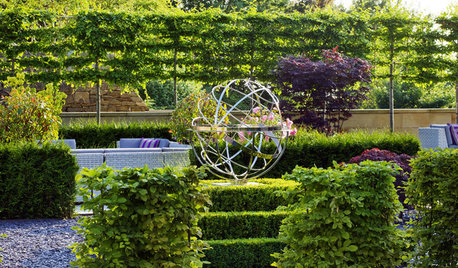
ARTBring on the Garden Bling With Artful Stainless Steel
Set stainless free of the kitchen, using it to brighten and decorate any garden in an unexpected way
Full Story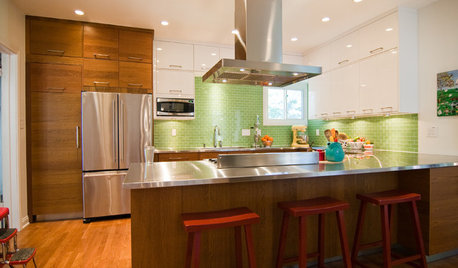
KITCHEN COUNTERTOPS10 Great Backsplashes to Pair With Stainless Steel Counters
Simplify your decision-making with these ideas for materials that work well with stainless steel counters
Full Story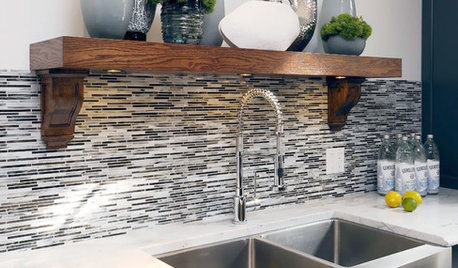
KITCHEN DESIGNKitchen Sinks: Stainless Steel Shines for Affordability and Strength
Look to a stainless steel sink for durability and sleek aesthetics at a budget-minded price
Full Story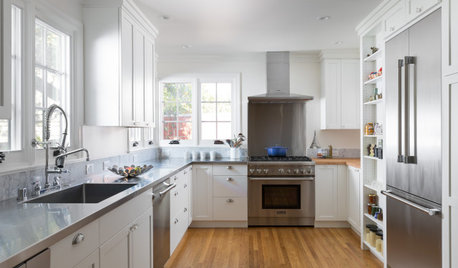
HOUSEKEEPINGHow to Clean Stainless Steel
Protect this popular kitchen material with a consistent but gentle cleaning routine
Full Story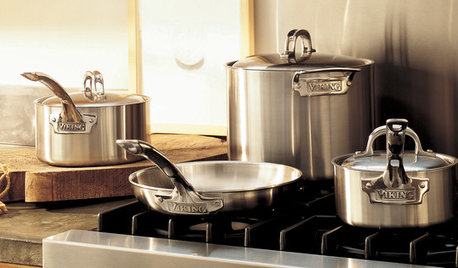
SHOP HOUZZShop Houzz: Choosing the Right Cookware Set
How to decide between stainless steel, copper, cast iron and aluminum cookware sets
Full Story0

HOMES AROUND THE WORLDHouzz Tour: A Wood-Clad Home That’s at One With Nature
An award-winning New Zealand vacation home keeps a low profile in its secluded coastal locale
Full Story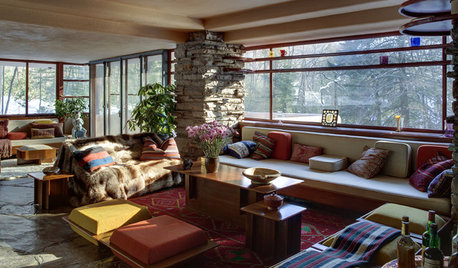
WINDOWSSteel-Framed Windows Leap Forward Into Modern Designs
With a mild-mannered profile but super strength, steel-framed windows are champions of design freedom
Full Story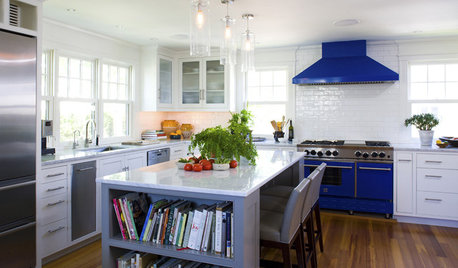
KITCHEN DESIGNSo Over Stainless in the Kitchen? 14 Reasons to Give In to Color
Colorful kitchen appliances are popular again, and now you've got more choices than ever. Which would you choose?
Full Story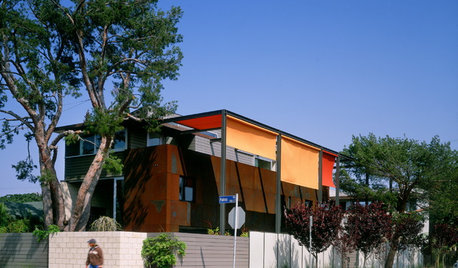
REMODELING GUIDESInteresting Industrial Materials: Cor-Ten Steel
Use the Rust-Rich Metal for a Variety of Exterior Applications
Full Story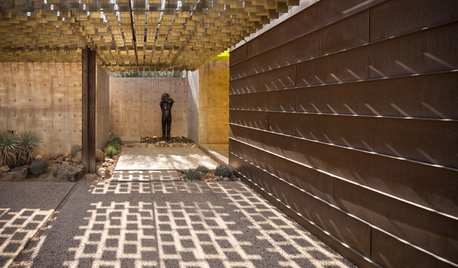
REMODELING GUIDESMetal Works Wonders With Home Exteriors
Whether they use steel panels, a copper skin or corrugated cladding, these metal home exteriors gleam with ingenuity
Full Story
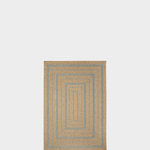
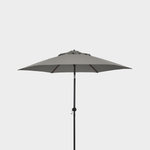
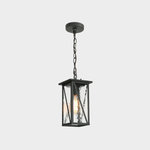
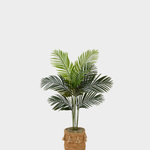

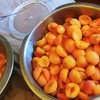

breasleyOriginal Author